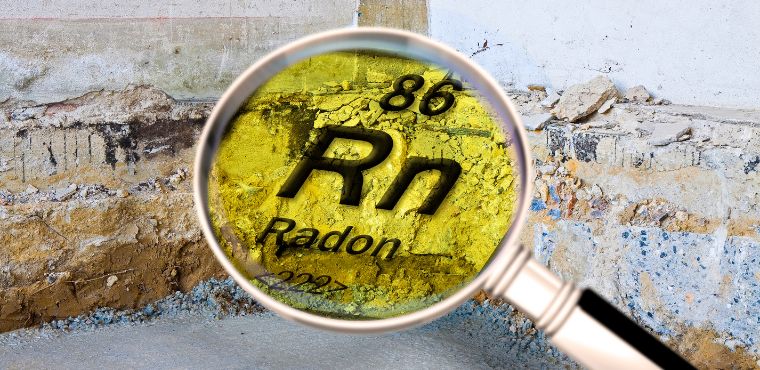As a homeowner, you want to ensure that your living space is safe for you and your household to inhabit. With all the chemicals you likely encounter in your everyday life, it’s difficult to eliminate hazardous exposures completely. But when you’re aware of the most common carcinogens that could be lurking in your home, you can take steps to get rid of them.
Benzene
Do you have chemical solvents in your garage, or a jar of rubber cement in your craft room? Many common household adhesives, degreasers, and solvents contain this known carcinogen without listing it on the label. However, many chemical companies are aware of the risks, so they also offer products advertised as benzene-free.
Lead
If your home was built before 1978, there’s a possibility that lead is lurking in the pipes or the paint. Lead exposure has been scientifically linked to cancers of the lung, stomach, and bladder, as well as brain damage and behavioral changes. If you’re worried about lead exposure, have a home inspector visit your house to seek out potential sources.
Radon
It’s odorless, it’s colorless, and it’s a highly dangerous carcinogen that seeps into homes through their foundations. Radon gas is the second leading cause of lung cancer in Americans—right behind cigarette smoking—but it takes years for this gas to build up in your system. Use a radon test kit to determine radon levels in your home, and install a mitigation fan if levels exceed the EPA’s recommendation of 4 pCi/L.
Styrene
Do you use fragrances to make yourself or your home smell fresh and pleasant? Styrene is a known carcinogen that’s used in many proprietary fragrance blends. Avoid unknowingly spraying this chemical by only purchasing fragrances that list every ingredient. If an ingredient is listed simply as “parfum” or “fragrance,” that blend could have styrene in the mix.
Formaldehyde
Many common household items, from floor lacquers to makeup products, contain preservatives that release formaldehyde when mixed with the other ingredients. If a product you use often contains DMDM hydantoin or quaternium-15, for example, it could be releasing formaldehyde into your home. Formaldehyde exposure is linked to cancers of the sinuses and nasal cavities.
Are you concerned about carcinogens hiding in your home? The best way to reduce your risk is by arming yourself with knowledge. When you buy household products, read the ingredient lists to make sure there are no mysteries. If you’re concerned about hazardous building materials or gas exposure, call a home inspector to help you get the answers you need.






